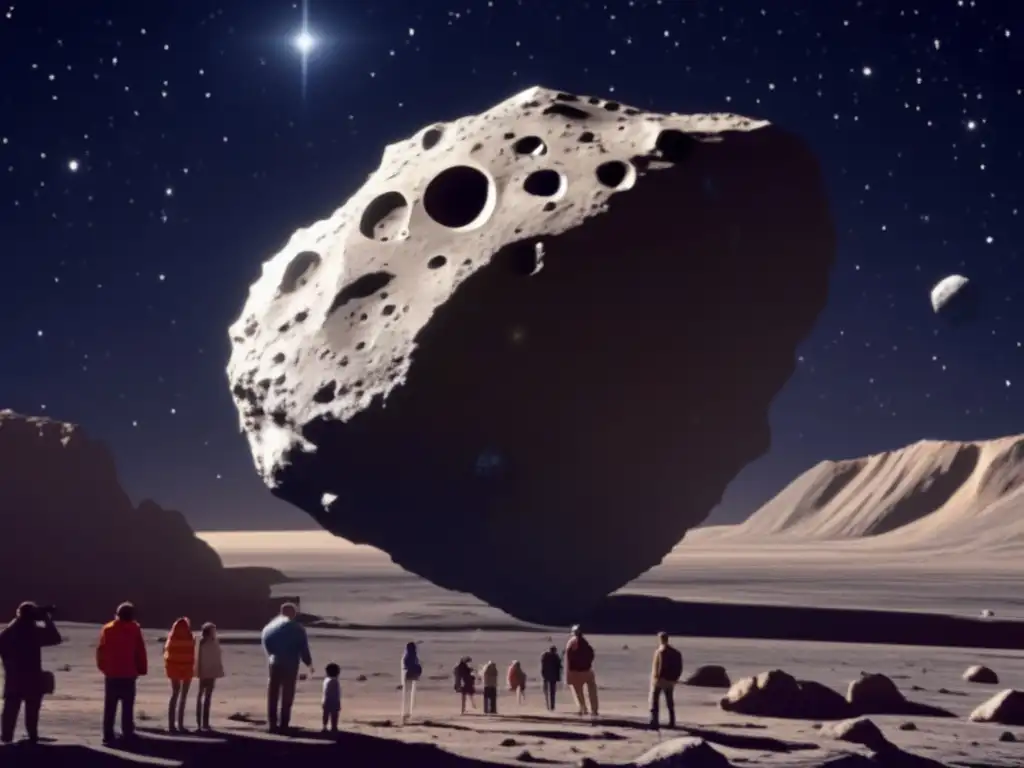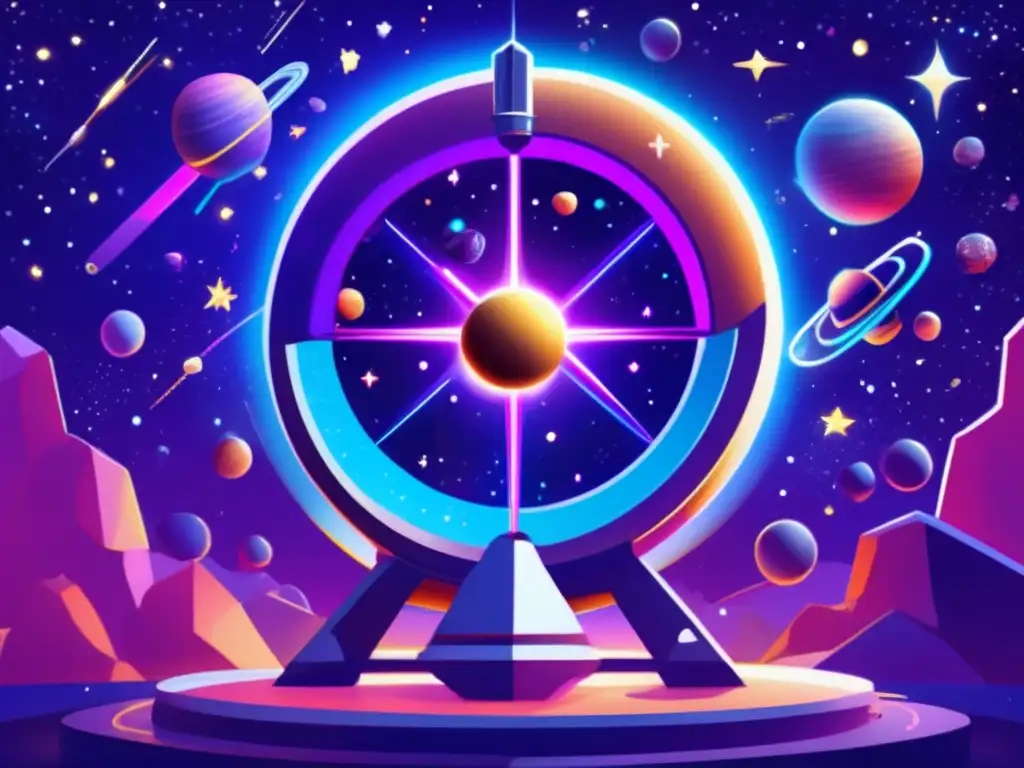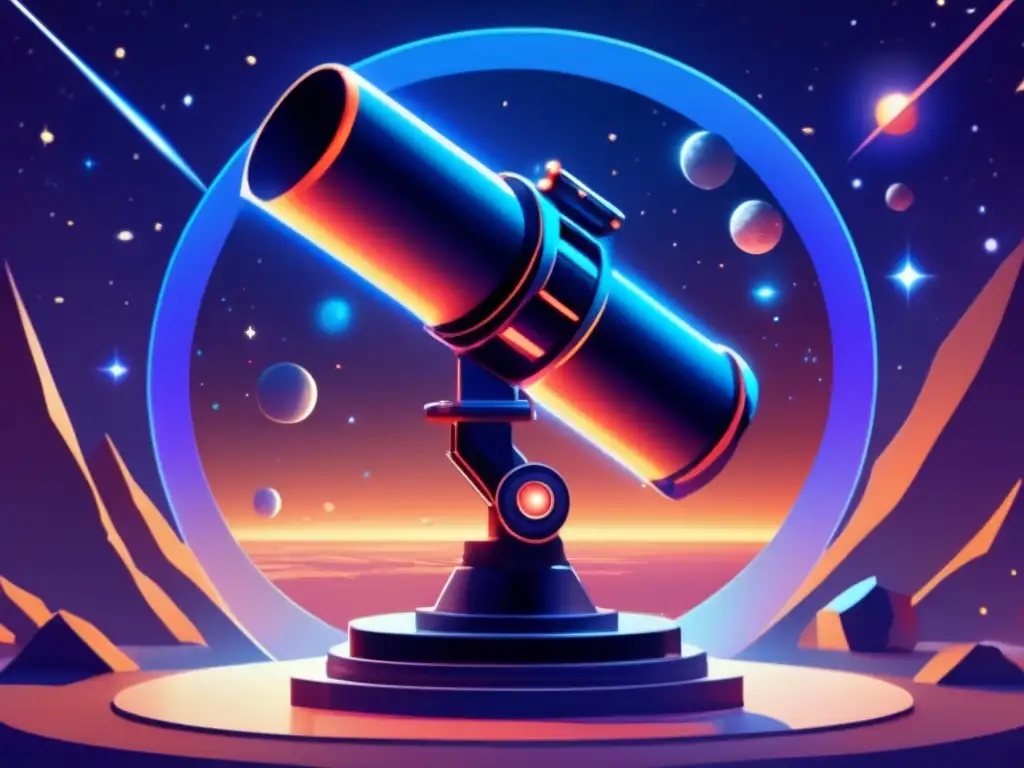Career Paths In Astronomy: From Asteroid Observation To Professional Research

Introduction
Astronomy has always been a captivating field of science, appealing to those with a passion for the cosmos and a drive to understand the mysteries of the universe. The study of asteroids, celestial objects that orbit the Sun, is an integral part of astronomy and offers endless opportunities for career development. In this article, we will explore various career paths within the realm of asteroid observation and professional research.
Asteroid Observation Techniques

Visual Observation
Visual observation involves using telescopes to directly view asteroids and record their positions, brightness, and other characteristics. Amateur astronomers play a significant role in this field by contributing valuable data to professional researchers.
Photographic Observation
Photographic observation utilizes special cameras attached to telescopes to capture images of asteroids. These images can be analyzed to derive essential information such as size, shape, and rotation period.
Lightcurve Analysis
Lightcurve analysis involves measuring the variation in an asteroid's brightness over time. By studying these variations, astronomers can deduce important properties like composition, shape, and rotation speed.
Professional Research Opportunities

Near-Earth Object (NEO) Monitoring
NEOs are asteroids that come within 1.3 astronomical units (AU) of the Earth's orbit. Monitoring these objects is crucial for identifying potential impact hazards and developing strategies for planetary defense. Researchers analyze data from ground-based observatories and space missions to gain insights into NEO properties.
Mission Planning and Operations
Asteroid missions, such as NASA's OSIRIS-REx and JAXA's Hayabusa2, require meticulous planning and execution. Scientists and engineers collaborate to develop mission objectives, design spacecraft, and analyze data returned by these missions.
Asteroid Composition Analysis
Studying the composition of asteroids provides valuable information about the early solar system and the formation of planets. Researchers use telescopes, spectrometers, and laboratory techniques to analyze asteroid samples and remote sensing data obtained from spacecraft.
Data Modeling and Analysis
Data modeling and analysis involve using computational techniques to interpret vast datasets collected from asteroid observations. Researchers develop algorithms, statistical models, and simulations to extract meaningful information and gain insights into various aspects of asteroid science.
Education and Career Development

Academic Route
Aspiring astronomers interested in asteroid research often pursue higher education in astrophysics or a related field. This path typically involves earning a bachelor's degree in physics or astronomy, followed by a Ph.D. specializing in asteroid studies. Postdoctoral positions and research fellowships provide further opportunities for career advancement.
Government Agencies and Research Institutions
Government agencies like NASA and ESA, as well as research institutions and observatories, employ astronomers and researchers dedicated to studying asteroids. These organizations offer a wide range of positions, including observational astronomers, mission scientists, data analysts, and educators.
Amateur Astronomy and Citizen Science
Amateur astronomers can actively contribute to asteroid studies by participating in citizen science projects. These initiatives allow enthusiasts to collaborate with professional researchers, analyze data, and make valuable contributions to the field.
Frequently Asked Questions

-
How can I contribute to asteroid observation as an amateur astronomer?
As an amateur astronomer, you can contribute to asteroid observation by visually observing them, capturing photographs, and analyzing lightcurves. Amateur astronomers often collaborate with professional researchers through citizen science programs to make significant contributions to our understanding of asteroids.
-
What are the risks associated with near-Earth asteroids?
Near-Earth asteroids pose a potential impact hazard to our planet. By monitoring and studying these objects, astronomers can identify potential threats and develop strategies for planetary defense.
-
What is the role of robotic missions in asteroid research?
Robotic missions play a vital role in asteroid research by collecting samples, performing in-situ measurements, and providing detailed imagery. These missions provide valuable data that enhance our understanding of asteroids and their significance in the solar system.
-
How can I pursue a career in asteroid composition analysis?
To pursue a career in asteroid composition analysis, a strong background in astrophysics, geology, or chemistry is beneficial. Specialized skills in spectroscopy, remote sensing, and laboratory techniques are essential. Obtaining a Ph.D. in a related field and gaining research experience will further enhance your prospects.
-
Are there opportunities for international collaboration in asteroid research?
Yes, asteroid research involves international collaboration among various space agencies, research institutions, and observatories worldwide. Scientists from different countries work together, share data and resources, and collaborate on missions to expand our knowledge of asteroids.
Conclusion
Career paths in asteroid observation and professional research offer individuals with a passion for astronomy exciting opportunities to contribute to scientific advancements and expand our understanding of the universe. From amateur astronomers contributing valuable data to professionals conducting cutting-edge research, the field of asteroid science welcomes diverse skill sets and expertise. We encourage you to explore these career paths and consider making your mark in the exploration of these fascinating celestial objects.
Remember to share your thoughts and engage with www.asteroidrealm.com, whether through subscribing, sharing this article on social networks, or actively participating in the comments section. We appreciate your time and attention, and together, we can unveil the secrets of the asteroid realm.
Additional Resources

For those interested in delving deeper into the asteroid topic, here are some additional resources:
- NASA's Asteroid Redirect Mission
- The Minor Planet Center
- European Space Agency's Hera Mission
- Amateur Observing Techniques Guide
- Asteroid Composition Research at the Smithsonian
 The Basics Of Asteroid Observation For Beginners
The Basics Of Asteroid Observation For Beginners Choosing The Right Telescope For Asteroid Tracking
Choosing The Right Telescope For Asteroid Tracking How To Use A Dobsonian Telescope For Asteroid Observation
How To Use A Dobsonian Telescope For Asteroid ObservationIf you want to discover more articles similar to Career Paths In Astronomy: From Asteroid Observation To Professional Research, you can visit the Telescopes and Asteroid Observation category.
Leave a Reply

Articulos relacionados: